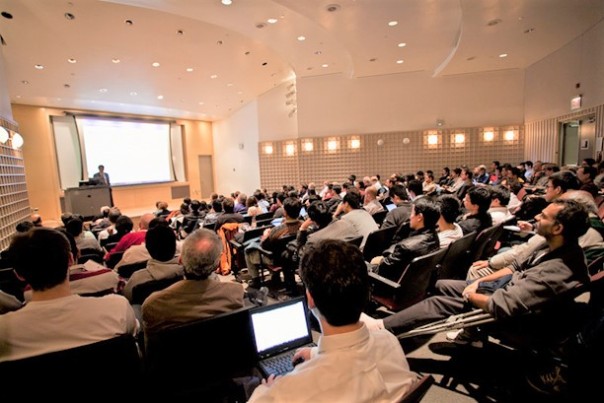So says Devinder Sharma, in India’s APN News, a respected and widely watched news channel:
“The economic crisis farmers are facing is compounded by the denial of a rightful income to farmers for their produce. To keep food inflation under control it is the farmers who have paid the price. What we don’t realize is that it is the farmers who have been subsidising the nation all these years.
“Farmers are in distress throughout the country, be it in Karnataka, Punjab, Maharashtra or UP. Why has the situation reached these extreme levels and what can be done to reverse this trend?
“The Economic Survey 2016 had clearly pointed to the severity of the prevailing agrarian crisis. Accordingly, the average annual income of a farm family in 17 states of India is a paltry Rs 20,000. This means that the average monthly income for a farm household in these 17 states is less than Rs 1,700.
Most of us who live in cities have a monthly mobile bill exceeding this
I shudder to think how farmers survive with such meagre income . . . I thought this revelation alone should have shocked the country and forced policy planners to undertake immediate steps to address the grave tragedy. But unfortunately, nothing of that sort happened.
And, as in UK: “Our planners can’t think beyond what is prescribed in textbooks. Increasing crop productivity, expanding irrigation and reducing the cost of production as the way forward . . .” (see next week’s post here)
There is a high rate of suicide in the farming communities of India and UK, compared with other occupational groups. Over the past 21 years, India’s National Crime Record Bureau reports that more than 3.18 lakh farmers have committed suicide. In secretive England such records are out of date or confined to abstruse medical journals, giving the public to assume that all is well.
Sharma emphasises that the burden food producers carry is not one of low productivity but the lack of a fair price providing an assured farm income and this is true in both countries.

In both countries already affluent middlemen in retail, packaging and transport or speculating in food futures have prospered while those who actually work and produce food – in particular fresh milk, fruit and vegetables – are denied a fair price covering production and living costs.
cc

